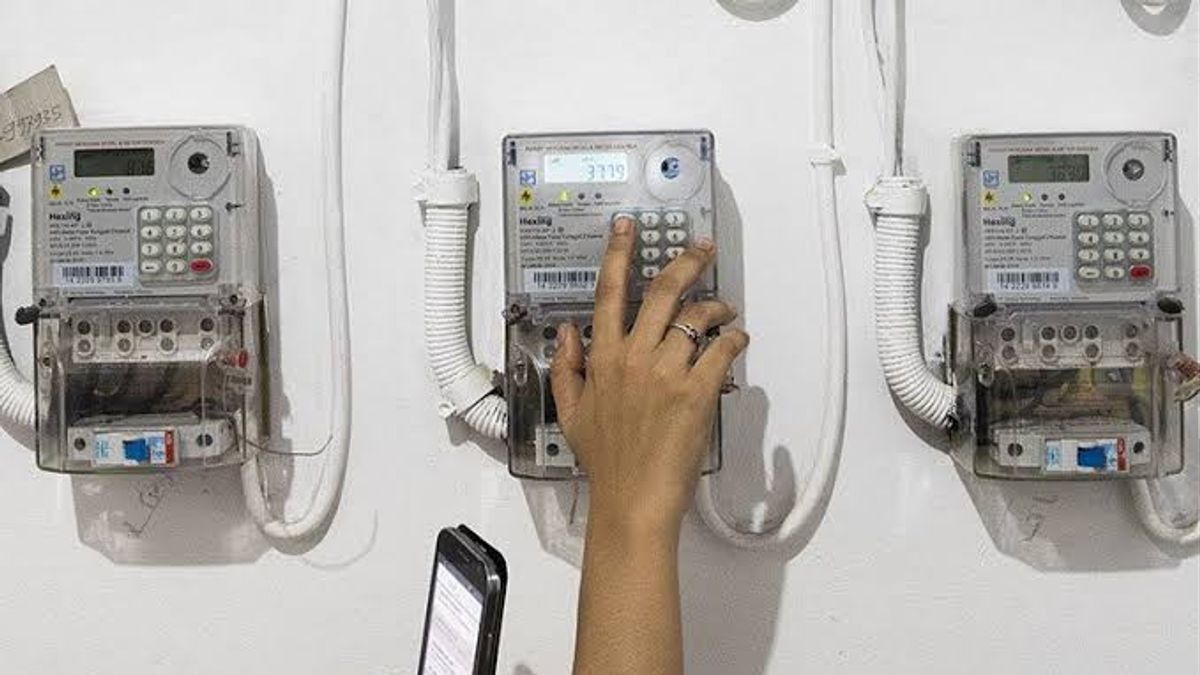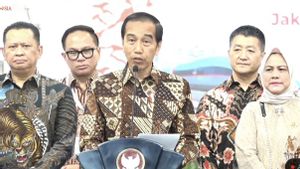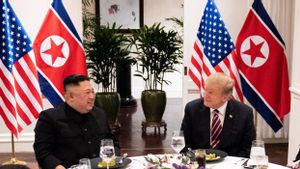YOGYAKARTA - The basic electricity tariff, or commonly abbreviated as TDL, is the tariff that the government can impose on PLN customers. PLN is one of the companies that is allowed to sell electricity directly to Indonesian citizens. Let's find out approximately the electricity tariff details per KWH!
The basic electricity tariff per kwh (electricity tdl) charged to consumers is regulated by the regulations of the Minister of Energy and Mineral Resources or what we usually call the Minister of Energy and Mineral Resources. Differentiate electricity tariffs based on tariff groups.
This adjustment rate adjustment is announced every 3 months (whether the payment is fixed or subject to change), but currently the announcement is made every month. Currently, the basic electricity tariff per Kwh requires you to know the cost so you can determine whether your electricity payment is appropriate or not. To find out about this, follow the following article to get the following inspiration:
Details of Electricity Tariffs Per KWH
In determining the payment per KwH of basic electricity tariffs, the government carries out adjustments to non-subsidized electricity tariffs which are evaluated every 3 months based on the average change in the Rupiah exchange rate against the United States Dollar (US), the price of Indonesian crude oil (ICP), inflation and benchmark stone prices. coals.
There are also electricity tariffs for the month of October 2022 as follows:
Subsidized 450 VA Power Household Customers amounting to IDR 415/kWh.
900 VA Power Household Customers Subsidized IDR 605/kWh.
900 VA RTM Household Customers (Affordable Households) amounting to IDR 1,352/kWh.
Household customers with power 1,300-2,200 VA are IDR 1,444.70/kWh.
Household customers with power of 3,500 and above are IDR 1,699.53/kWh.
The Ministry of Energy and Mineral Resources has decided to adjust electricity tariffs (tariff adjustment) for the period October–December 2022 for 13 non-subsidized customers without changes or permanent. The decision was taken by the energy and mineral resources authorities referring to the realization of macroeconomic indicators from May to July 2022.
Types of Electricity Tariff Groups
In practice, electrical power consists of various types. This is in accordance with the Minister of Energy and Mineral Resources Regulation No. 28 of 2016 where the regulation states that there are 8 types of electricity and 3 of which are as follows.
1. Household Electricity
The first type is electrical power for households. In this type, the existing power is divided into 3 different groups as explained below.
Low voltage R-1 group (R-1/TR) which consists of 450 VA, 900 VA, 900 VA-RTM, 1,300 VA, 2,200 VA
Low voltage R-2 group (R-2/TR) which consists of 3,500 VA – 5,500 VA
Low voltage R-3 group (R-3/TR) with a power of 6,600 VA
2. Social Services Electricity
Electricity for social services is specifically for social activities, whether pure social activities or commercial social activities. As with electrical energy for household needs, in social services, electricity is also divided into several groups. With details as below.
Low voltage S-1 group (S-1/TR) with 220 VA power
Low voltage S-2 class (S-2/TR) with power 220 VA – 220 KVA
Medium voltage S-3 group (S-3/TM) with power above 220 KVA
3. Business Electricity
Electrical energy for business purposes is divided into 3 different groups which are determined by the scale of the business. This covers electricity for small scale businesses, medium scale businesses and large scale businesses.
Class B-1 low voltage (B-1/TR) with a power of 450 VA to 5,500 VA. Intended for small scale businesses.
Class B-2 low voltage (B-2/TR) with power ranging from 6,600 to 200 kVA. This electricity category is intended for medium-sized businesses.
Class B-3 low voltage (B-3/TR) with a power of more than 200 kVA. This category of electricity is intended for large-scale businesses.
How to Check Electric Power to Ensure Electricity Tariff Group
One method that can easily be tried is by checking the house meter. This means checking electricity meters that have certain codes, for example the CL code.
If we look at the electricity meter at home, generally there is a CL code on the meter.
The CL code contains electrical energy data that can be used. The meaning of the CL code listed includes:
1. CL 2: 450 kVA
2. CL 4: 900 kVA
3. CL 6: 1,300 kVA
4. CL 10: 2,200 kVA
5. CL 16: 3,500 kVA
The units kVa or kilo volt amperes indicate real energy plus active power. Electrical power can also be calculated manually based on the number listed after the CL code. For example, CL 4. The number 4 is simply multiplied by the basic power, which is 220 kVA. So CL 4 creates 880 kVA of energy. The calculation results after that are rounded up to the closest number, namely 900 kVa.
Each house or building has been provided with standard electrical energy by PLN, starting from 450, 900, 1300 and 2,200 KVA, even more (usually for businesses or industries). The greater the energy used, the greater the electricity costs charged to users.
Another aspect that determines is the number of electrical equipment and the wattage of the equipment used. If the electrical energy in your house is not large (low), then of course we have to get used to using electrical equipment according to the energy capacity it has.
This is a method for checking electrical power to determine your electricity tariff range. When you want to buy a house, make sure your electrical energy is sufficient and meets your needs.
Difference between subsidized and non-subsidized electricity rates
If you are still confused about the differences between subsidized and non-subsidized electricity rates, then you can find out with the explanation below.
1. Cost Reduction
Subsidized electricity is known to have lower costs, because it receives an injection of financial assistance from the government.
This is different from non-subsidized electricity which does not get payment relief, which means it tends to be slightly more expensive than subsidized electricity.
2. Electric Power
The difference between subsidized and non-subsidized electricity also depends on the electrical power provided.
Electricity in this type of subsidy only has 900 VA energy and not more than 1,000 VA.
3. Designation of Use
Subsidized electricity is definitely only intended for poor families. Of course there are special criteria to be able to use this type of electricity.
Meanwhile, non-subsidized electricity is used for household needs that are categorized as affordable, business needs, and even government institutions.
4. Price Differences
Based on Law 30/2007 concerning Energy, it is mandated that the Government and Regional Governments provide subsidy funds for groups of underprivileged citizens.
In line with this, the mandate of Law 30/2009 concerning Electricity also states that the Government and Regional Governments provide funds for groups of underprivileged citizens. The difference between subsidized and non-subsidized electricity is the applicable tariff, namely IDR 1. 400– Rp1. 500 per kWh for the basic non-subsidized customer tariff.
اقرأ أيضا:
Meanwhile, subsidized customers will receive tariff subsidies from the government so that the tariff will be cheaper. Subsidized customers only need to pay IDR 400–IDR 600 per kWh depending on the type of power.
So after knowing the details of electricity rates per KWH, check out other interesting news on VOI, it's time to revolutionize the news!
The English, Chinese, Japanese, Arabic, and French versions are automatically generated by the AI. So there may still be inaccuracies in translating, please always see Indonesian as our main language. (system supported by DigitalSiber.id)


















